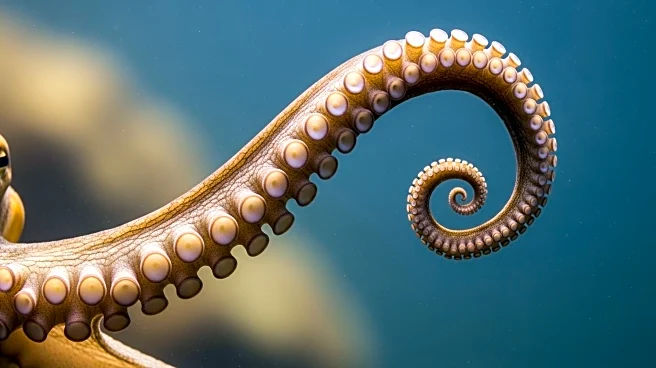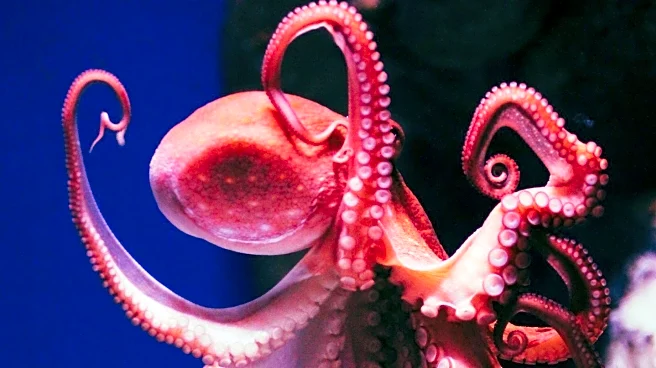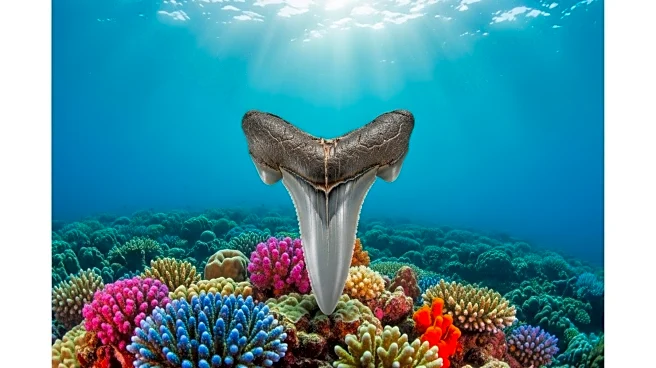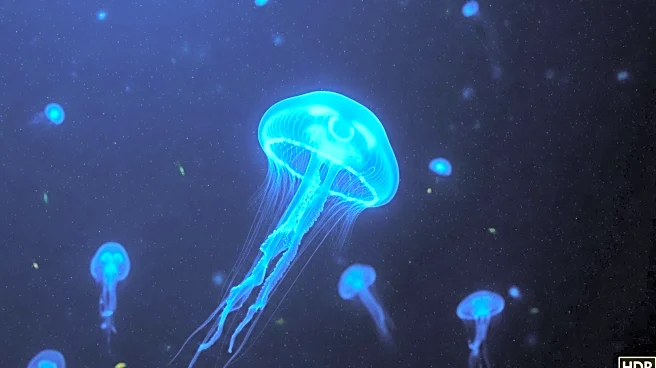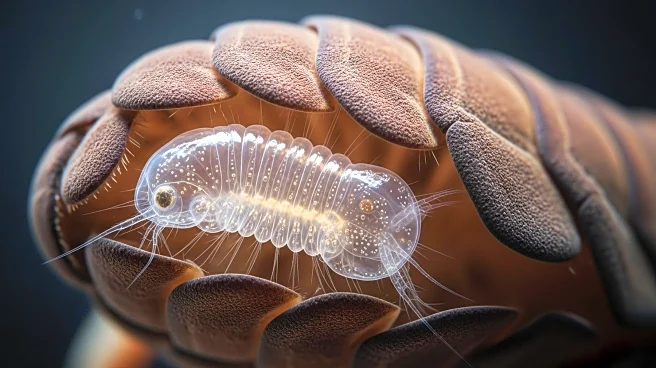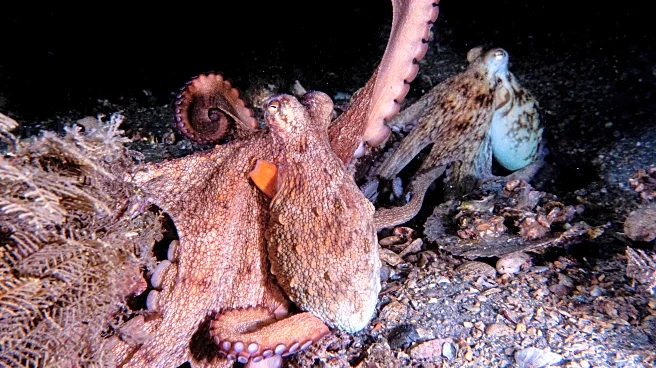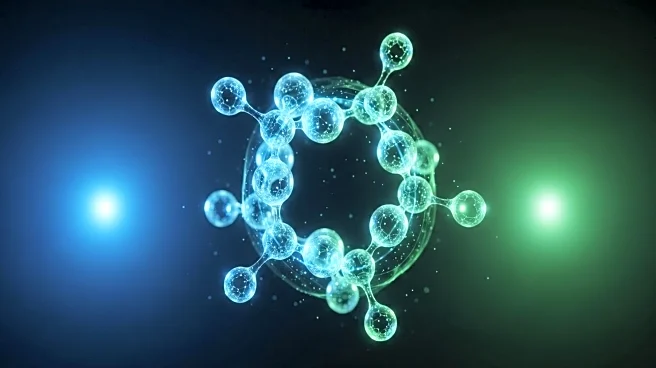What's Happening?
A recent exploration into marine biology has highlighted several animals with non-red blood, showcasing evolutionary adaptations. These include peanut worms with purple blood due to hemerythrin, sea cucumbers with yellowish blood from vanabin, and crocodile icefish with nearly colorless blood due to a lack of hemoglobin. Octopuses and some marine worms also display unique blood colors, such as blue and green, respectively, due to different oxygen-transporting molecules. These adaptations provide insights into how these species survive in diverse environments.
Why It's Important?
Understanding the diverse blood colors in marine animals offers significant insights into evolutionary biology and adaptation strategies. These findings can inform research on how organisms adapt to extreme environments, potentially aiding in the development of new technologies or medical applications. The study of these unique blood types could also contribute to conservation efforts by highlighting the resilience and adaptability of marine species in changing climates.


